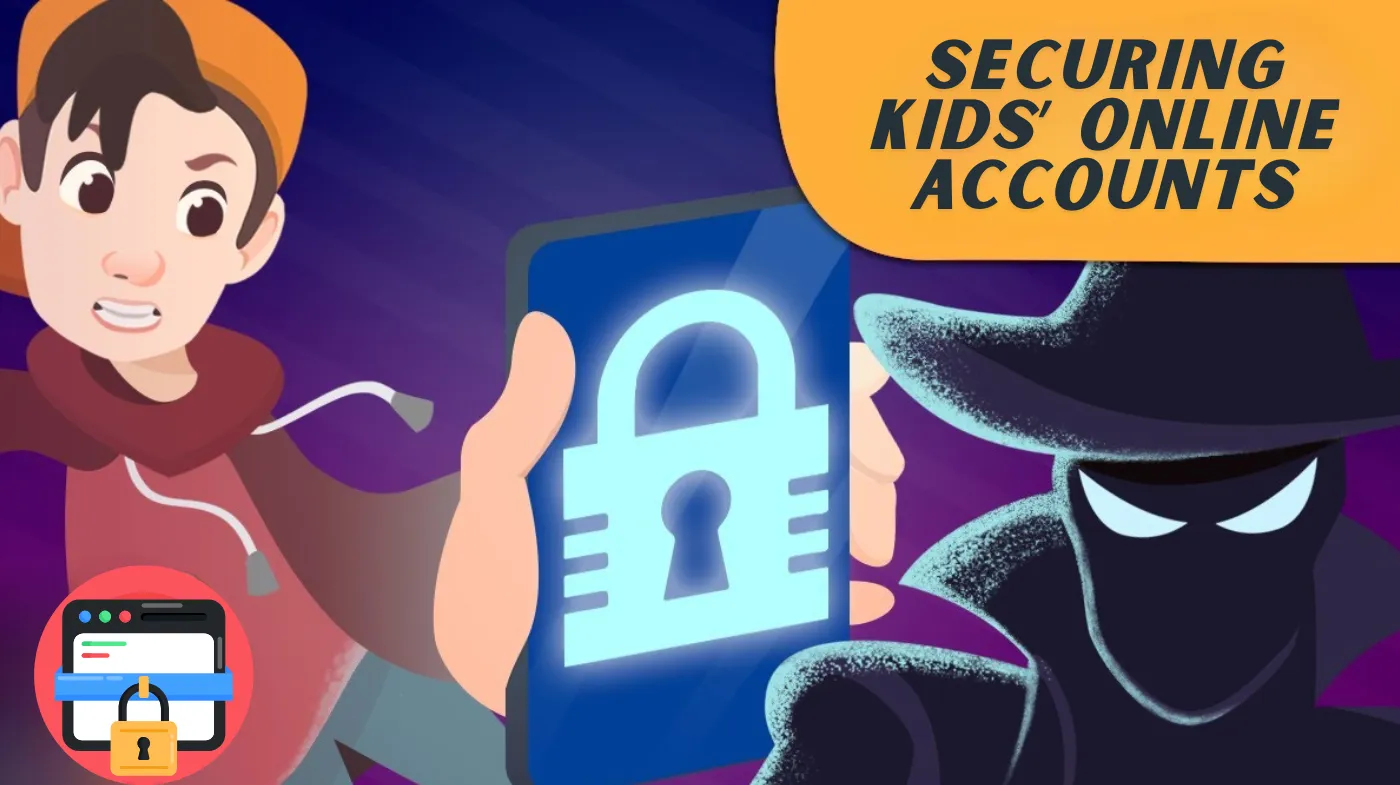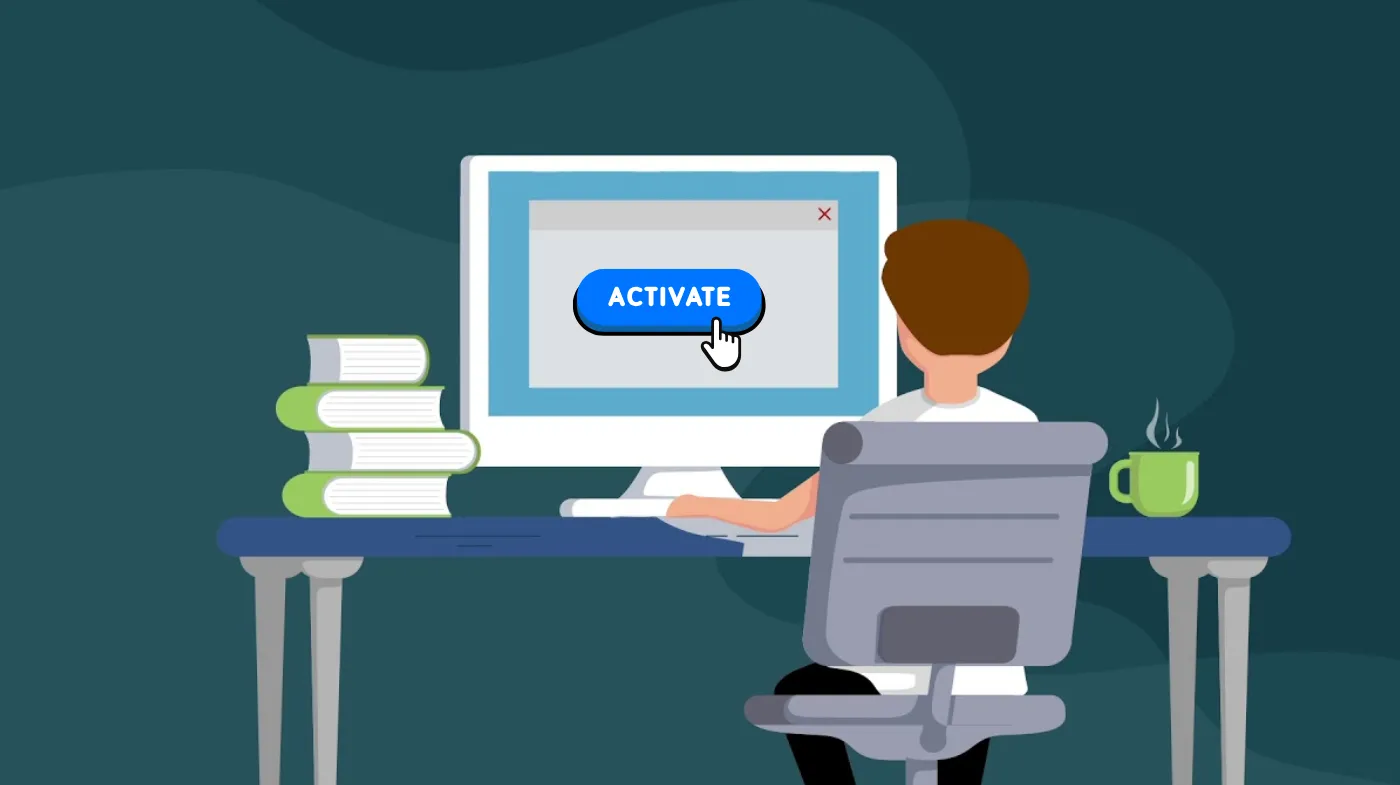
Securing your child’s online accounts is one of the most important steps you can take as a parent today. Kids are spending more time online than ever before, which increases their exposure to digital threats like hacking, scams, and even cyberbullying.
The reality is that children often don’t understand how vulnerable their accounts are, and without your help, they may fall into traps that could compromise their safety.
You don’t need to be a tech expert to protect them. All it takes is having the right approach and tools in place.
From creating stronger passwords to using monitoring apps effectively, small actions can make a big difference. You’ll also need to stay informed about privacy settings and safety features offered on the platforms your child uses.
In this guide, we will discuss key strategies every parent should know to safeguard their child’s digital accounts and strengthen their online security.
Key Strategies for Securing Kids’ Online Accounts
To effectively secure your child’s online accounts, you need to implement several key strategies, such as:
Strengthen Account Security
While many parents assume that a simple password is sufficient for their child’s online accounts, the reality is far more complex.
Start by teaching your child to create long, random passwords using a complex password generator, avoiding easily guessed information. Use a password strength evaluator to guarantee their passwords are robust.
Never allow password reuse; consider a password manager with parental access to securely store credentials. Additionally, enable two-factor authentication (2FA) wherever possible.
Implement Parental Controls and Monitoring
How can you effectively safeguard your child’s online presence? Start by implementing parental controls like Google Family Link to monitor their activity.
These tools let you manage app downloads, set screen time limits, and track their location. Establish screen time schedules, block harmful content, and prevent unauthorized purchases to guarantee their safety.
Secure parental settings with a separate admin password to prevent overrides. Regularly check their app usage and browsing history for any unexpected activity.
Discuss any concerns openly, as this builds trust and keeps communication transparent.
Review and Adjust Privacy Settings
Parental controls provide a solid foundation for monitoring your child’s online activities, but they’re only part of the equation.
You must actively review and adjust privacy settings on every platform your child uses. Default settings often expose personal information, so set profiles to private, limit contact options, and disable unnecessary features, like location sharing.
Turn off GPS tracking in apps that don’t need it. Remember, this isn’t a one-time task; platforms frequently update their settings, and what’s private today may become public tomorrow.
Make it a habit to check these settings monthly to ensure your child’s safety online.
Educate Your Child About Online Risks
Educating your child about online risks is essential for their safety in an increasingly digital world. You can’t monitor every interaction, so it’s vital to discuss dangers like phishing, online predators, and fake profiles.
Explain the importance of never sharing personal information, even with seemingly friendly contacts. Remind them that once shared, content can be permanent.
Teach them to avoid unknown links and files, as not everyone online is trustworthy. Encourage strong internet security practices like using complex passwords and enabling two-factor authentication.
Discuss cyberbullying, advise them to save evidence and report incidents. Encourage open communication so they feel comfortable approaching you with any questions or concerns about their online experiences.
Utilize Safety Features on Platforms
After discussing the various online risks your child may encounter, it’s time to focus on the proactive measures you can take to secure their online accounts.
Many platforms offer safety features specifically designed for kids. For instance, Meta’s “Teen Accounts” enforce stricter privacy settings by default.
Utilize tools like YouTube’s restricted mode, TikTok’s family pairing, and Messenger Kids’ contact approval to enhance their experience. Activate these features early to establish safe habits.
Finally, stay informed about updates and new safety tools by subscribing to notifications from the platforms your child uses, ensuring you’re always equipped to protect them effectively.
Keep Software Updated
Keeping your child’s software updated is essential in safeguarding their online accounts. Updates serve as your frontline defense against emerging threats, ensuring devices, apps, and browsers remain secure.
Turn on automatic updates to streamline this process. Outdated software can create vulnerabilities that hackers readily exploit. Regularly updating antivirus and anti-malware programs is vital for maintaining their effectiveness.
Additionally, consider installing robust security suites that offer features like web filters, real-time monitoring, and alerts for suspicious activities. Adopt best practices for using password managers to securely store and generate strong, unique passwords, reducing the risk of password-related breaches.
Which parental control tools are effective for monitoring my child’s online activity?

How can you effectively monitor your child’s online activity while ensuring their safety? Several parental control tools can help.
Bark leverages AI to monitor social media and texts, detecting cyberbullying and explicit content. Qustodio offers detailed activity reports, screen time management, and website blocking.
For a broader range of features, FamilyTime includes app blocking and real-time location tracking. Norton Family excels at web filtering and fostering safe internet habits.
For Android users, Google Family Link is a free, user-friendly option. Finally, Microsoft Family Safety is great for Windows, providing content filters and app usage tracking.
What steps can I take if my child’s account gets hacked?
If you suspect a hack, change the password immediately, opting for a strong, unique combination of letters, numbers, and special characters. Use a password robustness checker to ensure its strength.
Activate two-factor authentication if it’s not already enabled. Review the account for unauthorized activity, such as unfamiliar messages or changes in settings, and report any suspicious behavior to the platform’s support team.
Most platforms offer recovery procedures. Discuss the incident with your child, emphasizing the importance of vigilance and recognizing phishing attempts to foster better digital habits in the future.
Empower Safer Online Experiences for Your Child
Securing your child’s online presence isn’t a one-time task; it’s an ongoing responsibility that requires awareness, the right tools, and open communication.
By implementing these key strategies, like using parental controls, strengthening passwords, and teaching smart online behavior, you create a safer digital environment for your child to explore and grow.
Stay involved, regularly review their settings, and encourage them to come to you with questions or concerns.
Remember, your guidance is their greatest protection in the digital world. Start today and give your child the confidence to navigate the internet safely and responsibly.
